Sequencing specialist to DanStem / CPR (Copenhagen, Denmark)
Posted by Noami Dayan, on 4 January 2017
Closing Date: 15 March 2021
We are seeking a highly motivated and ambitious candidate to join our lab facilities funded jointly by the CPR and DanStem
The Danish Stem Cell Center (DanStem) and the Novo Nordisk Foundation Center for Protein Research (CPR) at Faculty of Health & Medical Sciences at the University of Copenhagen are looking for a sequencing specialist to join the DanStem and CPR lab facilities starting February 2017 or upon agreement.
DanStem comprises of two sections: The Novo Nordisk Foundation Section for Basic Stem Cell Biology, where we address basic research questions in stem cell and developmental biology (BasicStem). The second Section for Strategic Translational Stem Cell Research and Therapy (TransStem) is focused on the translation of promising basic research results into new strategies and targets for the development of new therapies for cancer and diabetes. Find more information about the Center athttp://danstem.ku.dk
CPR promotes basic and applied discovery research on human proteins of medical relevance. The vision of CPR is to be the world leading center in combining the power of integrative protein technologies and their application to accelerate understanding of the biological processes underlying health and disease. For more information about CPR, please visit http://www.cpr.ku.dk
We are seeking a highly motivated and ambitious candidate to join our lab facilities funded jointly by the CPR and DanStem.
Job description
The next generating sequencing (NGS) specialist will focus on running the new DanStem/CPR sequencing facility and providing assistance to users with processing their data. The work involves programming and maintenance of a liquid handling robot and sequencer. The major responsibilities of the position will be to optimize robotic applications to NGS and to map user’s data. In addition, stocking and supplying consumables for these and any additional equipment purchased for the facility. The applicant will also be assisting users in the processing and storage of their data. The applicant will be expected to push forward new approaches to single cell sequence and other related techniques.
Your profile
– A degree in biotechnology, molecular biology, bioinformatics, or appropriate biological or biomedical science with either PhD or MsC.
– Candidate must have experience with both dry (computer based) and wet (laboratory) work.
– Previous experience in Java programming and NGS bioinformatics (mapping of NGS data) would be a big advantage
– Theoretical and practical knowledge of Next Generation Sequencing sample preparation workflows and applications would be a plus.
– Proven ability in single cell analysis or PCR would be a plus.
– Good English communication skills, both oral and written, are prerequisite for the successful candidate
We offer
– Stimulating, challenging and multifaceted research environment
– Possibility for continued education and training
– Attractive employment conditions
– Centrally located work place
Employment conditions
The employment has an initial duration until the end of 2020 with a possibility of extension. The employment is scheduled to start 2017 or upon agreement with the chosen candidate. The place of work is at DanStem, University of Copenhagen, Blegdamsvej 3B, Copenhagen.
Salary, pension and terms of employment are in accordance with the provisions of the collective agreement between the Danish Government and AC (the Danish Confederation of Professional Associations). In addition to the basic salary a monthly contribution to a pension fund is added (17.1% of the salary).
The application must include
1. Motivation letter
2. Curriculum vitae incl. education, experience, previous employments, language skills and other relevant skills
3. Copy of diplomas/degree certificate(s)
Questions
For further information about the position please contact Professor Joshua Brickman,joshua.brickman@sund.ku.dk.
Your application must be submitted in English by clicking “Apply Now” below or via this advertisement found on http://employment.ku.dk.The University of Copenhagen wishes to reflect the diversity of society and welcomes applications from all qualified candidates regardless of personal background.
Only applications received in time and consisting of the above listed documents will be considered.
Applications and/or any material received after deadline will not be taken into consideration.
Application deadline: January 29, 2017
Founded in 1479, the University of Copenhagen is the oldest university in Denmark. It is among the largest universities in Scandinavia and is one of the highest ranking in Europe. The University´s eight faculties include Health Sciences, Humanities, Law, Life Sciences, Pharmaceutical Sciences, Science, Social Sciences and Theology. www.ku.dk


 (No Ratings Yet)
(No Ratings Yet)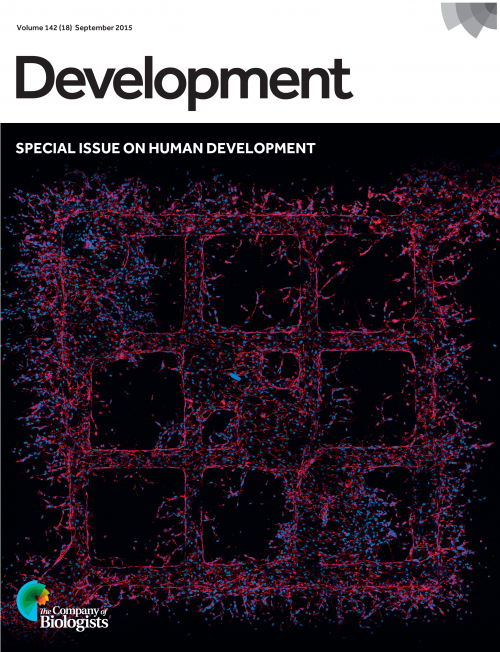
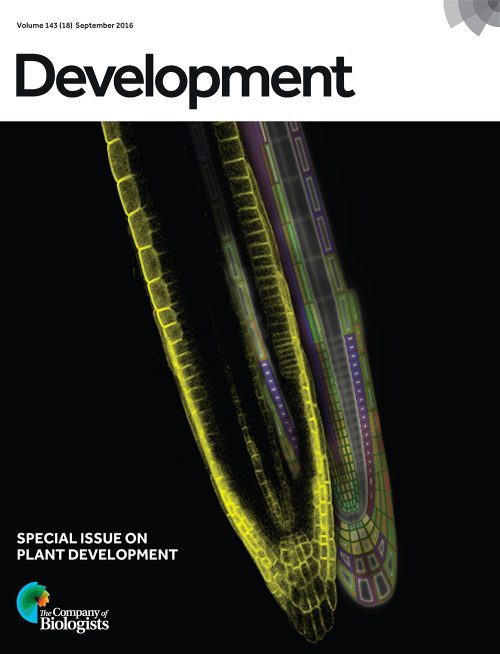
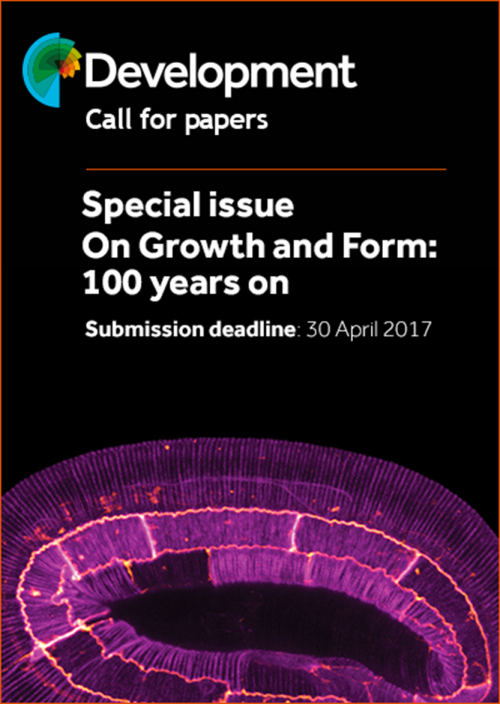
 (1 votes)
(1 votes)


 In late September 2016, over 100 scientists with common interests in human development, disease and regeneration gathered for The Company of Biologists’ second ‘From Stem Cells to Human Development’ meeting, which was held in historic Southbridge, USA. In their
In late September 2016, over 100 scientists with common interests in human development, disease and regeneration gathered for The Company of Biologists’ second ‘From Stem Cells to Human Development’ meeting, which was held in historic Southbridge, USA. In their  In recent years, genome-wide profiling approaches have begun to uncover the molecular programs that drive developmental processes. In their
In recent years, genome-wide profiling approaches have begun to uncover the molecular programs that drive developmental processes. In their 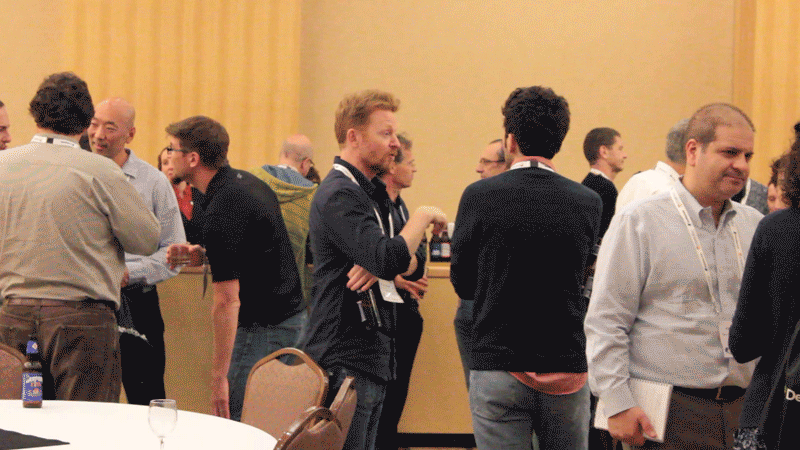









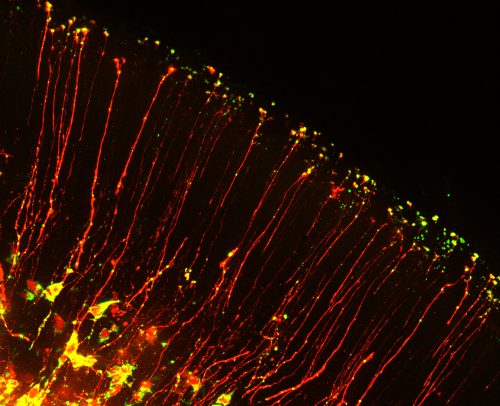
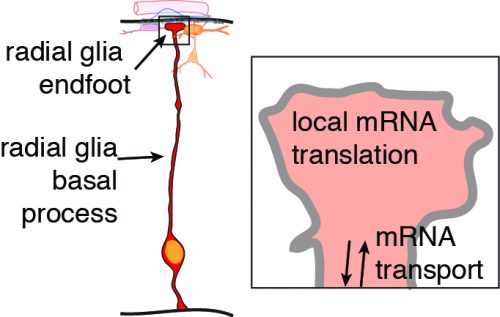
 (6 votes)
(6 votes)